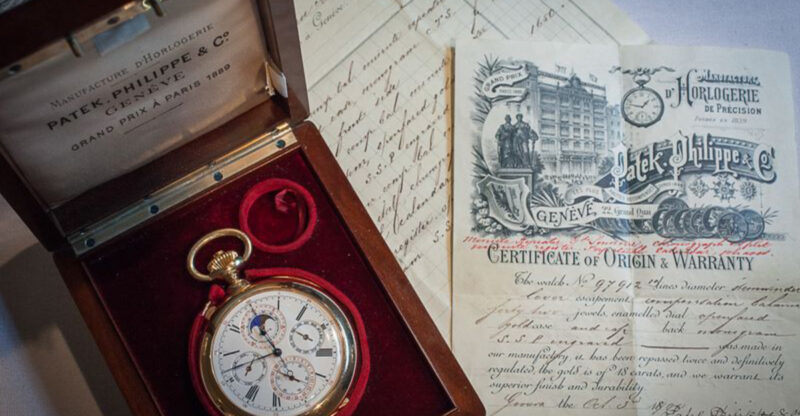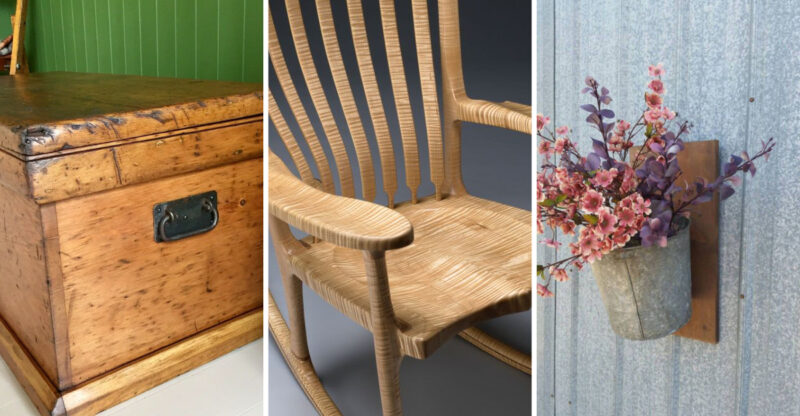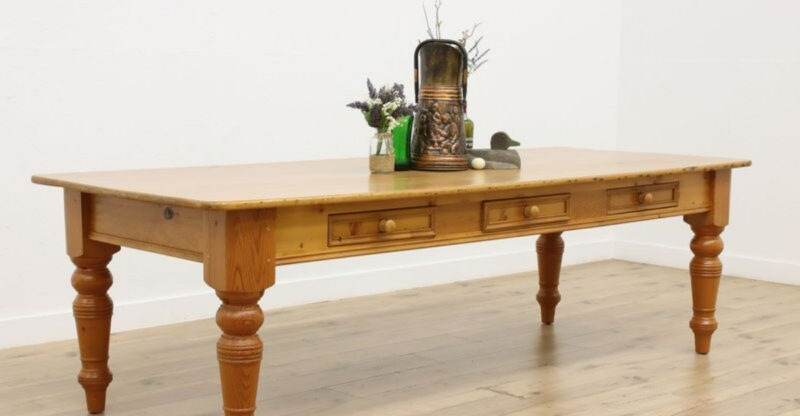New Mexico Antiques And Memorabilia That Don’t Fetch What They Used To
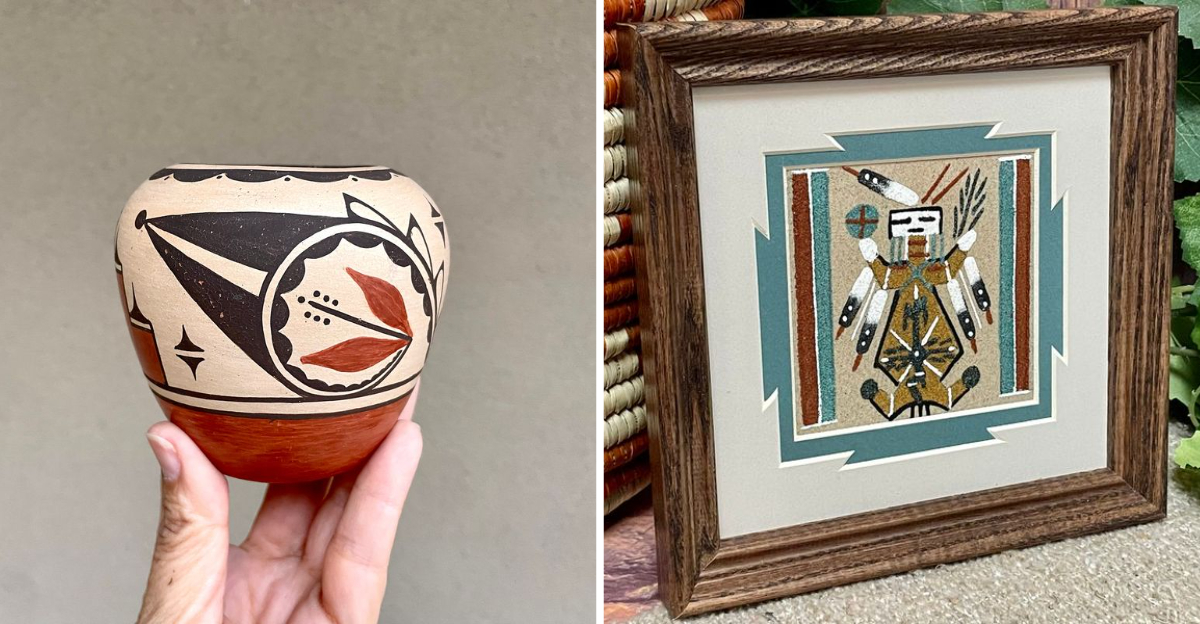
New Mexico has a rich history filled with unique treasures that collectors once sought eagerly. From Native American pottery to Route 66 souvenirs, these items used to command impressive prices at auctions and antique shops.
However, the market has shifted dramatically over the years, and many once-valuable pieces now sit unsold or sell for a fraction of their former worth.
I’ll walk you through some fascinating New Mexico antiques and memorabilia that have lost their collector appeal and explain why their values have dropped so significantly.
1. Tourist-Grade Navajo Rugs
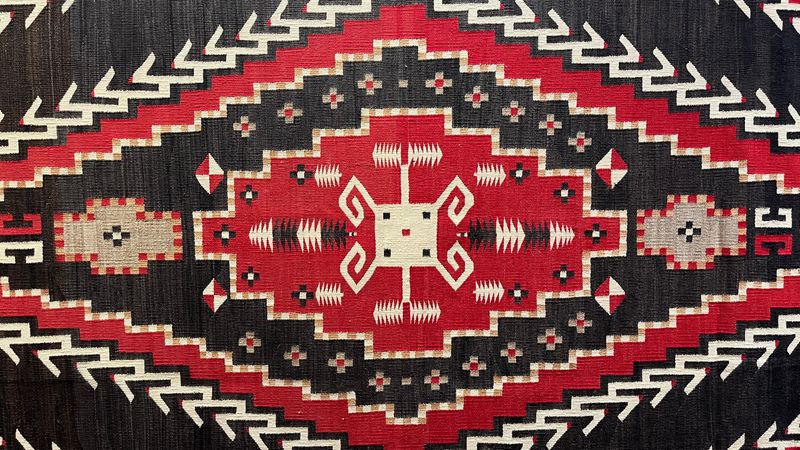
Did you know that not all Navajo rugs hold their value equally? Tourist-grade rugs made quickly for roadside shops in the 1960s and 1970s once sold well to visitors passing through New Mexico. These pieces featured simpler patterns and synthetic dyes that faded over time.
Collectors today prefer museum-quality rugs with natural dyes and intricate designs. The mass-produced versions simply don’t attract serious buyers anymore. You’ll find these rugs at estate sales going for under fifty dollars when they used to fetch several hundred.
If you inherited one of these pieces, don’t expect a windfall. The market has become educated about quality differences, and casual tourists no longer buy rugs as frequently as they did decades ago.
2. Thunderbird Jewelry Sets

Thunderbird designs dominated New Mexico jewelry shops throughout the mid-twentieth century. These silver pieces with turquoise accents appealed to tourists wanting authentic Southwest style without the hefty price tag. Manufacturers churned out thousands of matching sets featuring the iconic bird symbol.
However, modern collectors recognize that most thunderbird jewelry wasn’t handcrafted by Native artisans. Factory-made pieces lack the unique character and craftsmanship that drive values today. When your grandmother bought her set for thirty dollars, she thought it was an investment.
Today, similar sets barely sell for twenty dollars at flea markets. The turquoise is often low-grade or even plastic, and the silver plating wears thin. Serious collectors skip right past these items in search of signed pieces by known artists.
3. Adobe Mission Church Models
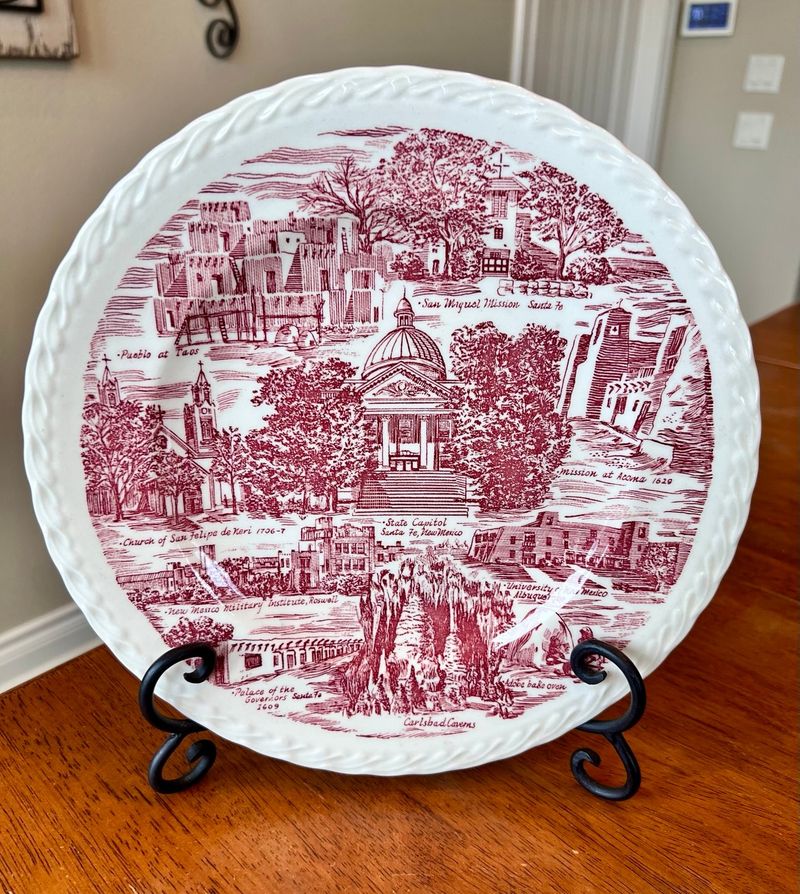
Churches like San Francisco de Asis in Taos inspired countless miniature replicas sold to tourists. These ceramic and plaster models filled souvenir shops across New Mexico during the postwar travel boom. Families displayed them on mantels as reminders of their Southwestern adventures.
Nowadays, younger generations prefer different decorating styles, and these mission models seem dated. I’ve seen them priced at two dollars during yard sales, despite originally costing fifteen or twenty dollars. The craftsmanship varies wildly, with many showing chips and faded paint.
Unless your piece was made by a recognized New Mexico potter, it probably won’t attract buyers. The market is flooded with these models, and most people consider them kitschy rather than collectible. Storage units and attics across America hold thousands of forgotten mission churches.
4. Kokopelli Figurines
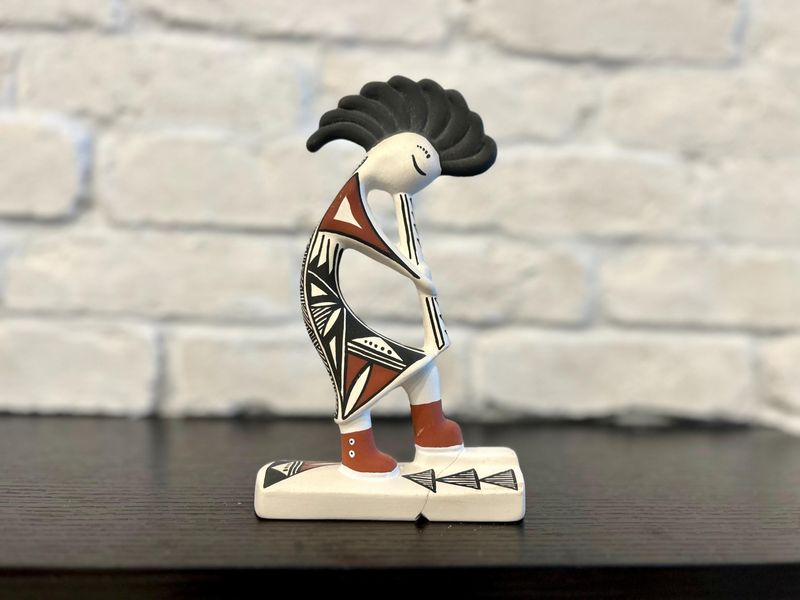
When Kokopelli became trendy in the 1990s, manufacturers produced millions of figurines featuring the humpbacked flute player. Every gift shop in New Mexico stocked shelves with bronze, ceramic, and wooden versions of this ancient fertility symbol. People bought them thinking they were investing in Native American culture.
The bubble burst quickly as the market became oversaturated. What seemed exotic and valuable twenty years ago now appears commonplace and overdone. Most Kokopelli pieces weren’t made by Native artists at all but imported from overseas factories.
I’ve watched online auctions where Kokopelli collections fail to receive a single bid. Thrift stores can’t give them away, and antique dealers refuse to stock them. The cultural appropriation concerns have also made some buyers uncomfortable with these mass-produced interpretations of sacred imagery.
5. Roadside Attraction Postcards
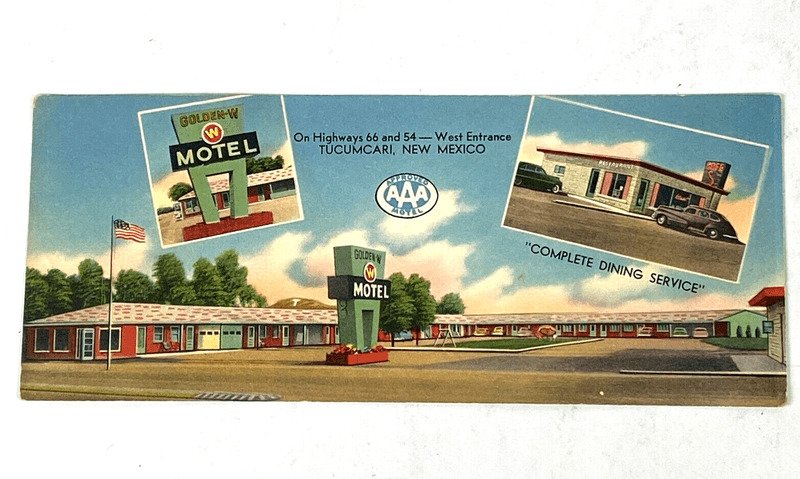
Route 66 travelers mailed millions of postcards home from New Mexico’s quirky roadside stops. These colorful cards showed giant jackrabbits, reptile gardens, and trading posts with exaggerated colors and dramatic claims. Collectors once paid premium prices for complete sets from specific locations.
Today’s postcard market has collapsed except for extremely rare examples. Digital photography and social media replaced the postcard tradition, and younger collectors show little interest. Boxes of vintage New Mexico postcards sit unsold at antique malls for pennies each.
If you have albums full of these cards, you’re unlikely to profit from them. Only postcards depicting demolished buildings or featuring photographic errors attract serious money now. The thousands of standard tourist views simply don’t excite collectors anymore despite their nostalgic charm.
6. Plastic Cactus Souvenirs

How many plastic cacti ended up in American homes after Southwest vacations? These bright green molded souvenirs came in every size imaginable, from tiny magnets to three-foot floor models. Manufacturers convinced tourists that plastic cacti captured the desert spirit without the painful spines.
The novelty wore off quickly, and these items now symbolize outdated kitsch rather than cherished memories. Environmental awareness has also made plastic collectibles less appealing to modern buyers. Most people recognize them as cheap imports rather than genuine New Mexico products.
You’ll struggle to sell plastic cacti even at garage sale prices. They’ve become symbols of wasteful consumerism and cultural stereotyping. Museums might accept exceptional examples for exhibits on mid-century tourism, but average pieces belong in recycling bins rather than display cases.
7. Turquoise Bolo Ties
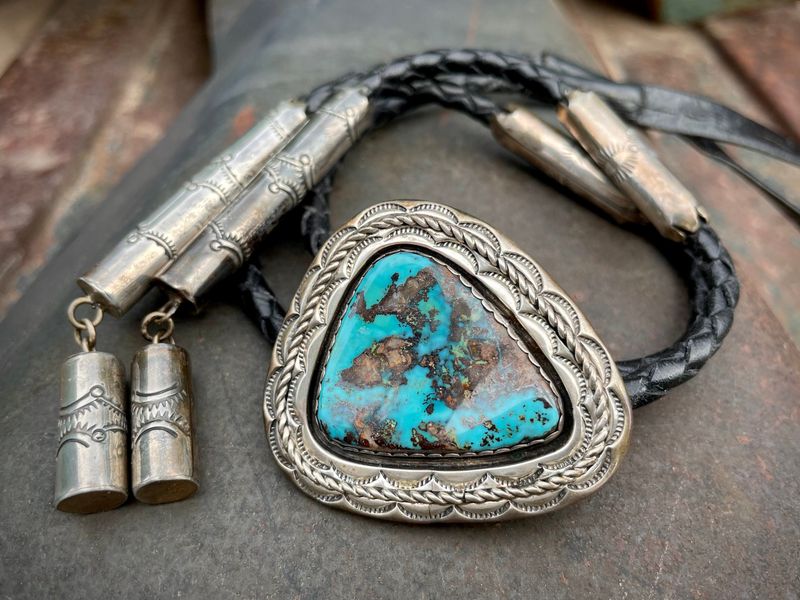
Bolo ties became New Mexico’s official neckwear in 2007, but their collectible value peaked decades earlier. Men wore these Western accessories to business meetings and church services throughout the Southwest. Silver-tipped bolos with turquoise stones seemed sophisticated and regionally appropriate.
Fashion changes have relegated bolo ties to costume parties and themed events. Young professionals wouldn’t dream of wearing them to work, and casual dress codes have eliminated most formal neckwear entirely. The market is glutted with bolos from estate sales of elderly men who collected them throughout their lives.
Unless your bolo features exceptional silverwork by a famous artist, it won’t command much money. Standard turquoise bolos sell for five to fifteen dollars if they sell at all. The craftsmanship on most examples is mediocre, and the turquoise quality is questionable at best.
8. Pueblo Pottery Banks

Are these charming banks actually valuable collectibles? Pottery banks shaped like traditional pueblo designs filled gift shops for generations. Parents bought them hoping to teach children about saving money while celebrating Native American culture. The hand-painted designs varied from crude to fairly artistic.
Unfortunately, most weren’t made by pueblo artisans at all. Commercial potteries mass-produced them using molds and assembly-line painting techniques. Collectors who want authentic pueblo pottery look for signed pieces with documented makers, not anonymous souvenir banks.
These banks typically sell for under ten dollars today, and many don’t sell at all. Broken ones are worthless, and even pristine examples struggle to find buyers. The piggy bank collecting hobby has also declined sharply, leaving few potential customers for these New Mexico themed pieces.
9. Howling Coyote Sculptures
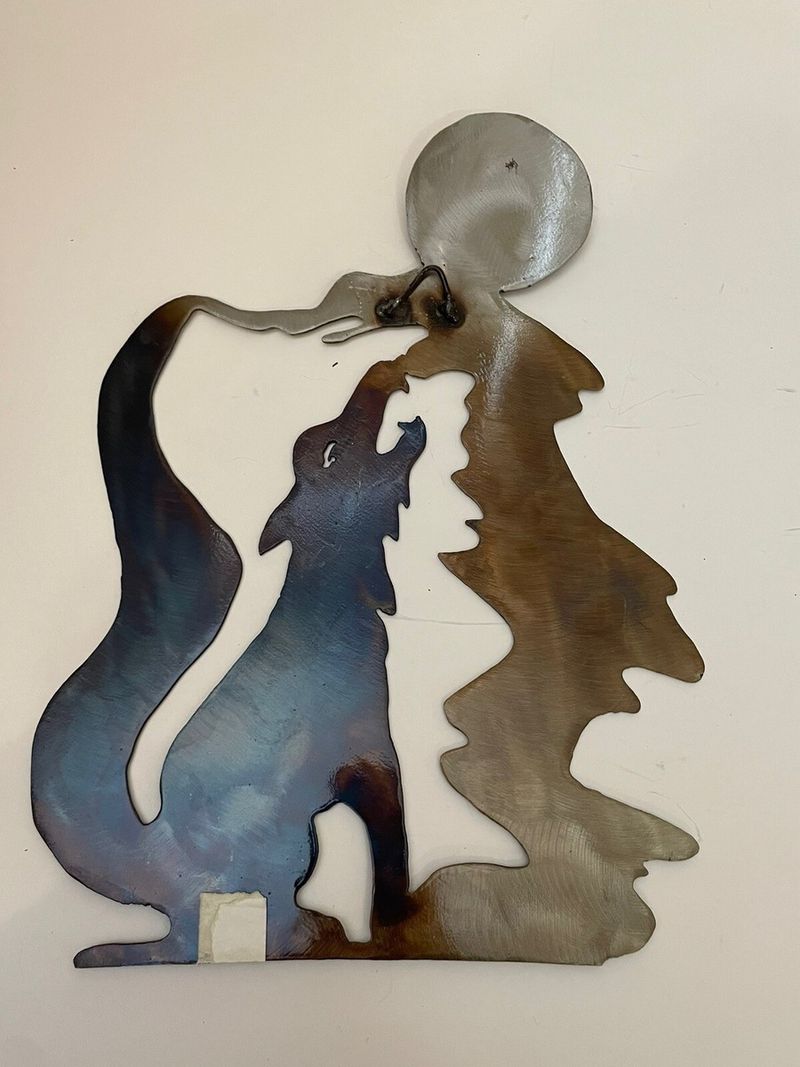
When Southwest decor dominated interior design magazines, howling coyote sculptures adorned countless homes. These dramatic pieces in bronze, resin, or ceramic captured the wild spirit of New Mexico’s deserts. Manufacturers produced them in every price range from cheap imports to limited-edition bronzes.
The Southwest style trend has faded significantly, taking coyote sculpture values down with it. Unless you own a piece by a recognized wildlife sculptor, your coyote isn’t worth much. Mass-market versions have flooded secondhand markets as people redecorate in contemporary styles.
I’ve seen beautiful coyote sculptures priced at five dollars during moving sales simply because sellers can’t find interested buyers. The resin versions especially have aged poorly, with paint flaking and details wearing smooth. Bronze pieces hold some value, but only if properly documented and signed by known artists.
10. Chili Pepper Kitchenware

It’s hard to believe how popular chili pepper decorations became during the 1980s and 1990s. New Mexico’s signature crop inspired entire kitchenware lines featuring bright red peppers on everything from dish towels to cookie jars. Homeowners created whole kitchen themes around these spicy designs.
Tastes have shifted toward minimalist and neutral kitchen designs, leaving chili pepper items looking dated and cluttered. Thrift stores overflow with these dishes, and most donate unsold items after months on shelves. The ceramic quality was often mediocre, with many pieces showing crazing and chips.
Your chili pepper collection probably won’t recoup its original cost. Individual pieces might sell for a dollar or two, but complete sets sit unsold indefinitely. Younger buyers find the theme corny rather than charming, and even Southwestern restaurants have moved away from this obvious decor choice.
11. Sand Painting Kits
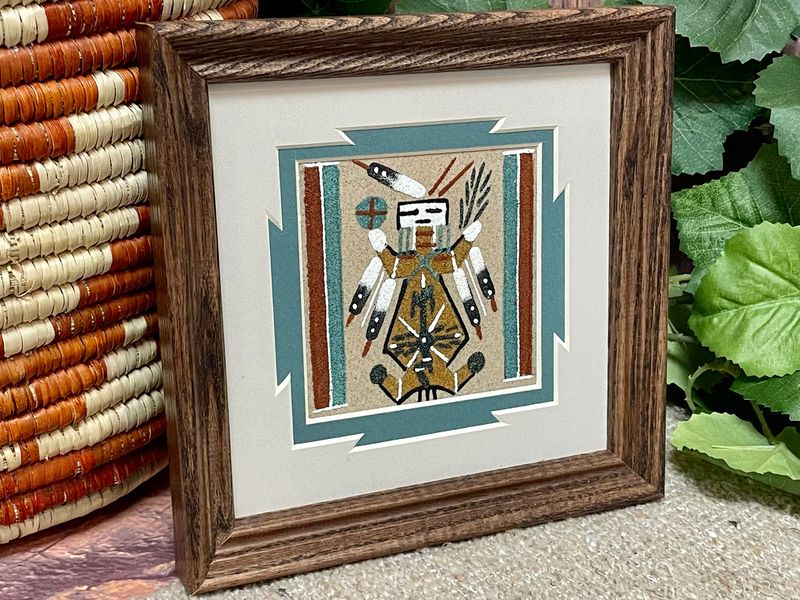
Though traditional Navajo sand paintings hold deep spiritual meaning, tourist versions trivialized this sacred art form. Craft kits let visitors create their own sand paintings using colored sand and adhesive boards. Families completed these projects during rainy vacation days, then framed them as souvenirs.
Most completed sand paintings have deteriorated over time as sand loosened and colors mixed together. The kits themselves also aged poorly, with sand drying out and adhesive losing its stickiness. Cultural sensitivity has grown around appropriating Native religious practices for entertainment purposes.
These items have essentially no resale value today. Completed pieces look amateurish and faded, while unopened kits are too old to function properly. Museums focused on tourism history might accept them as examples of cultural commodification, but collectors aren’t interested in purchasing them.
12. Painted Cow Skulls
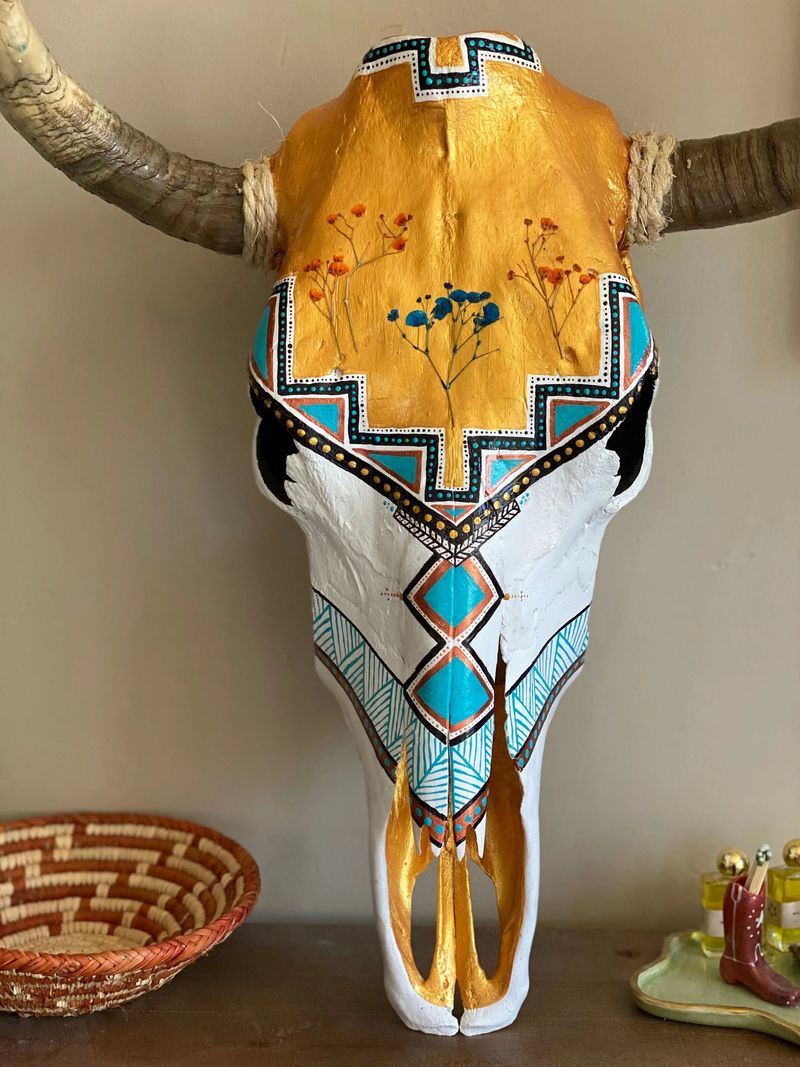
Georgia O’Keeffe’s iconic paintings inspired a massive market for decorated cattle skulls. Artists painted bleached skulls with turquoise, feathers, and geometric patterns, selling them as authentic Southwest art. These dramatic pieces made bold statements in homes decorated with Western themes.
The trend has passed, and painted skulls now seem morbid rather than artistic to many buyers. Shipping these fragile items is difficult and expensive, limiting the online market. Younger generations prefer living plants and positive imagery over animal remains, no matter how artistically rendered.
Unless your skull was painted by a recognized New Mexico artist, it’s worth very little. Standard painted skulls sell for twenty to forty dollars when they sell at all. Many people simply throw them away rather than trying to sell them, especially if the paint has faded or chipped significantly.
13. Turquoise Chip Jewelry

When solid turquoise pieces became expensive, manufacturers created jewelry from small chips and fragments. These necklaces, bracelets, and earrings offered the turquoise look at budget prices. Tourists bought them by the dozen as gifts, believing they were getting genuine Native American jewelry.
Today’s buyers recognize that chip jewelry uses low-grade turquoise often stabilized with resin or dye. The stones frequently fade or turn green with exposure to lotions and chemicals. Artisan-made jewelry with quality stones has become more accessible, making chip jewelry seem cheap by comparison.
You’ll struggle to sell turquoise chip jewelry for more than a few dollars. The clasps often break, and the stringing material deteriorates with age. Most pieces look obviously dated and cheaply made, lacking the timeless appeal that drives jewelry values.
14. Commemorative Billy the Kid Items
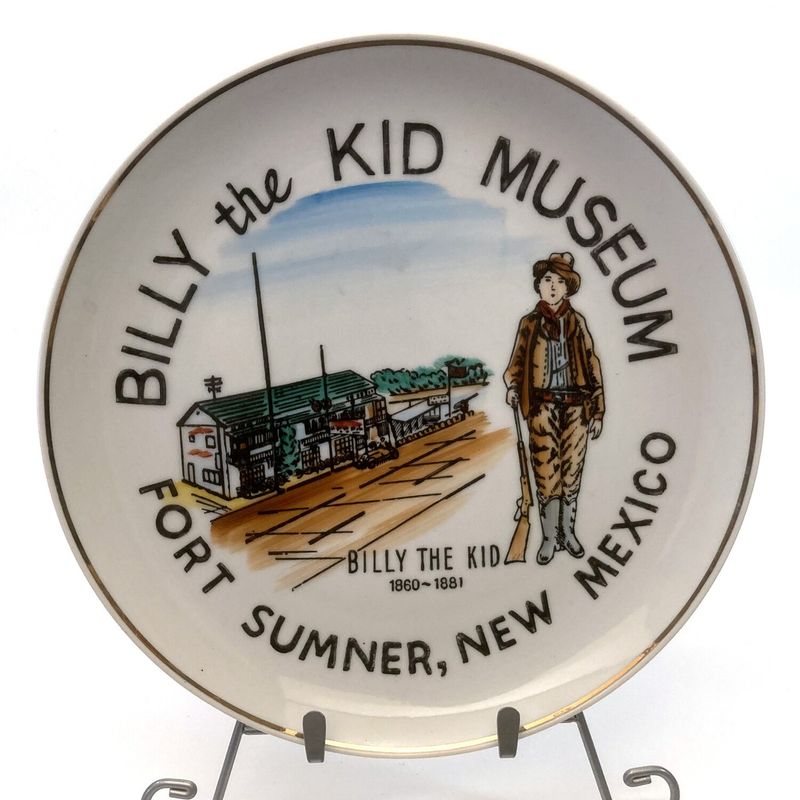
New Mexico’s famous outlaw inspired countless commemorative items over the decades. Plates, shot glasses, keychains, and figurines featured Billy the Kid’s image and stories of his exploits. Collectors once sought these items eagerly, building extensive outlaw memorabilia collections.
The market for Western outlaw collectibles has cooled considerably as that generation of collectors ages. Younger people show little interest in celebrating criminals, even legendary ones. Commemorative plates especially have lost almost all value across all collecting categories, not just Western themes.
Your Billy the Kid souvenirs are worth very little unless they’re genuinely old or extremely rare. Modern commemoratives made in the last fifty years sell for a dollar or two if they sell at all. Even signed limited editions haven’t held their value as promised by manufacturers who overhyped their investment potential.
15. Pueblo Storyteller Dolls
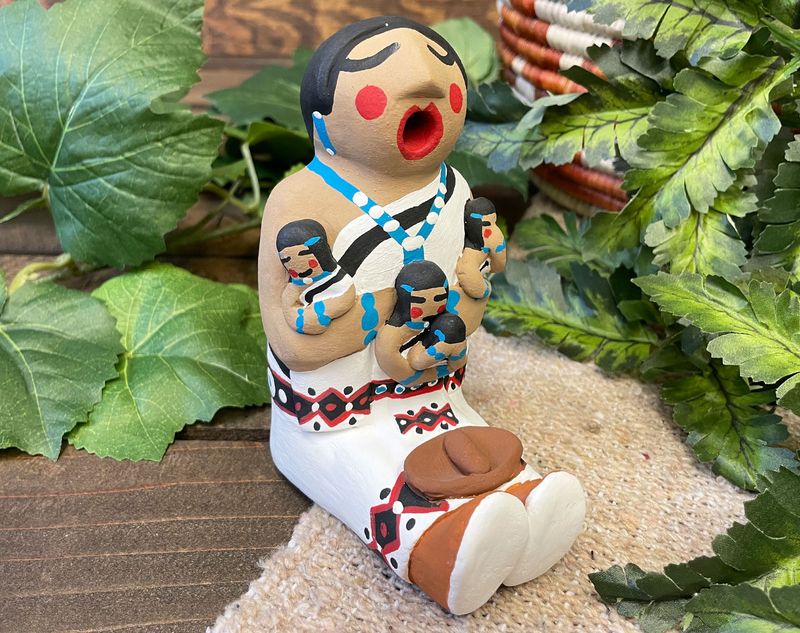
Helen Cordero created the first storyteller doll in 1964, launching a tradition that produced thousands of imitators. These ceramic figures show adults surrounded by listening children, representing the oral tradition of pueblo cultures. Tourists bought mass-produced versions as authentic Native American art.
Authentic storytellers by recognized pueblo artists still command good prices, but tourist-grade versions have plummeted in value. The market became flooded with poorly made examples that lack the charm and craftsmanship of originals. Many weren’t made by Native artists at all despite misleading marketing.
If your storyteller doll isn’t signed by a known pueblo potter, it’s probably worth under twenty dollars. Chips and repairs further reduce value, and many examples show both. Collectors focus exclusively on documented pieces with clear provenance, ignoring the thousands of anonymous souvenir versions available.
16. Zia Sun Symbol Merchandise
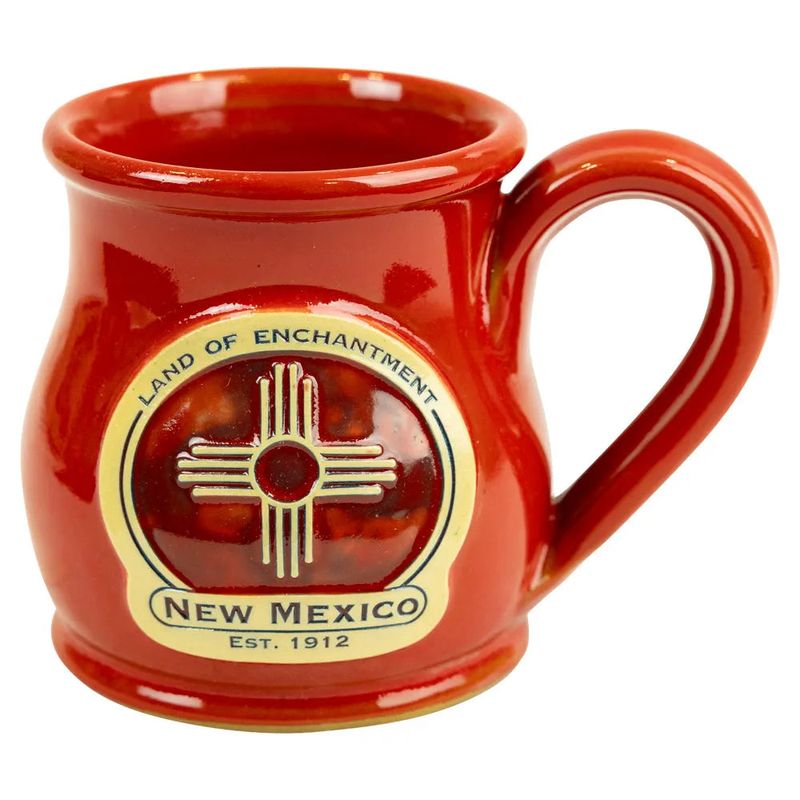
New Mexico’s state flag features the Zia sun symbol, which appeared on every imaginable souvenir item. T-shirts, mugs, magnets, and wall hangings displayed the distinctive red and yellow design. Visitors bought these items to show state pride and remember their trips through the Land of Enchantment.
The Zia symbol merchandise market is completely saturated, with new items still being produced constantly. Unless your piece is vintage and in exceptional condition, it has minimal value. The Zia Pueblo has also raised concerns about commercial exploitation of their sacred symbol without compensation.
Standard Zia merchandise sells for pocket change at thrift stores if it sells at all. T-shirts especially have no resale value unless they’re truly vintage and unworn. The symbol remains beloved by New Mexicans, but that affection doesn’t translate into collector demand for mass-produced souvenirs featuring it.

